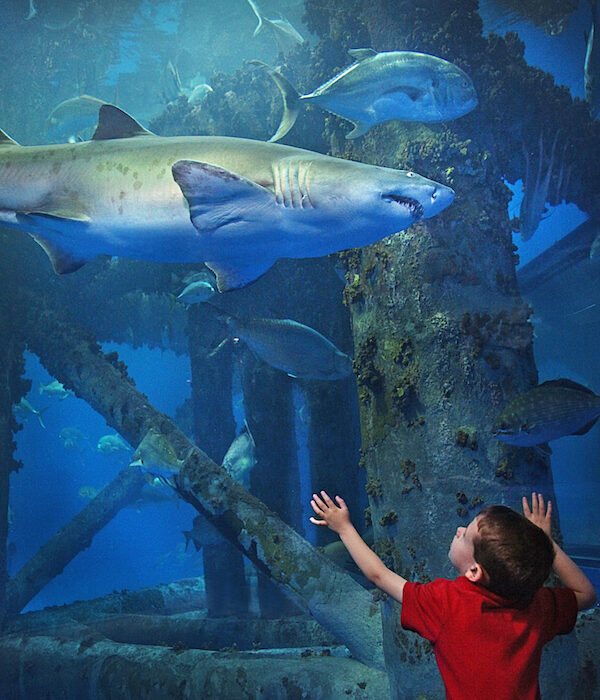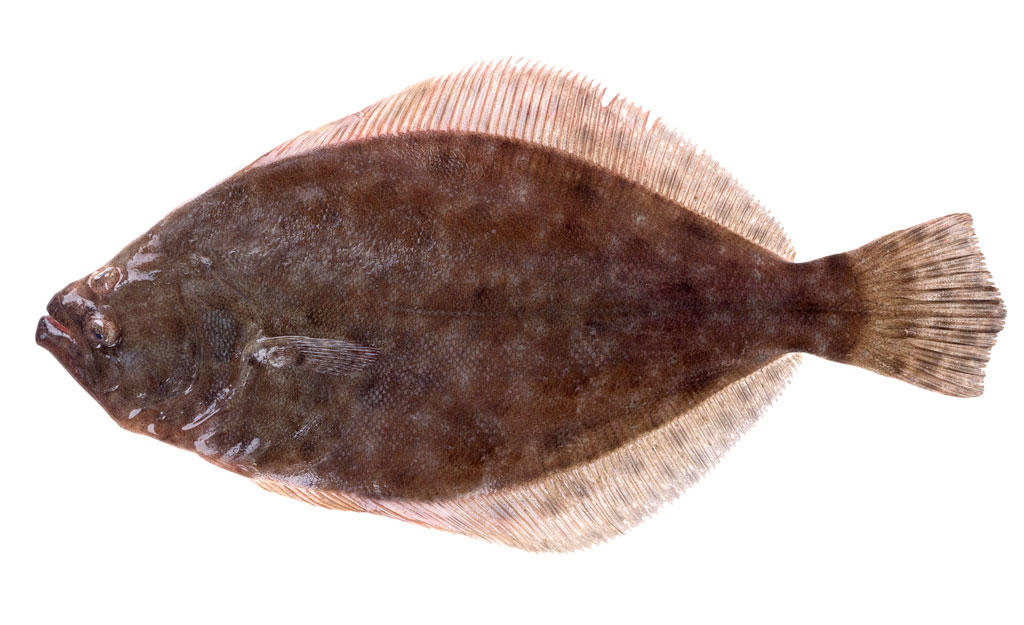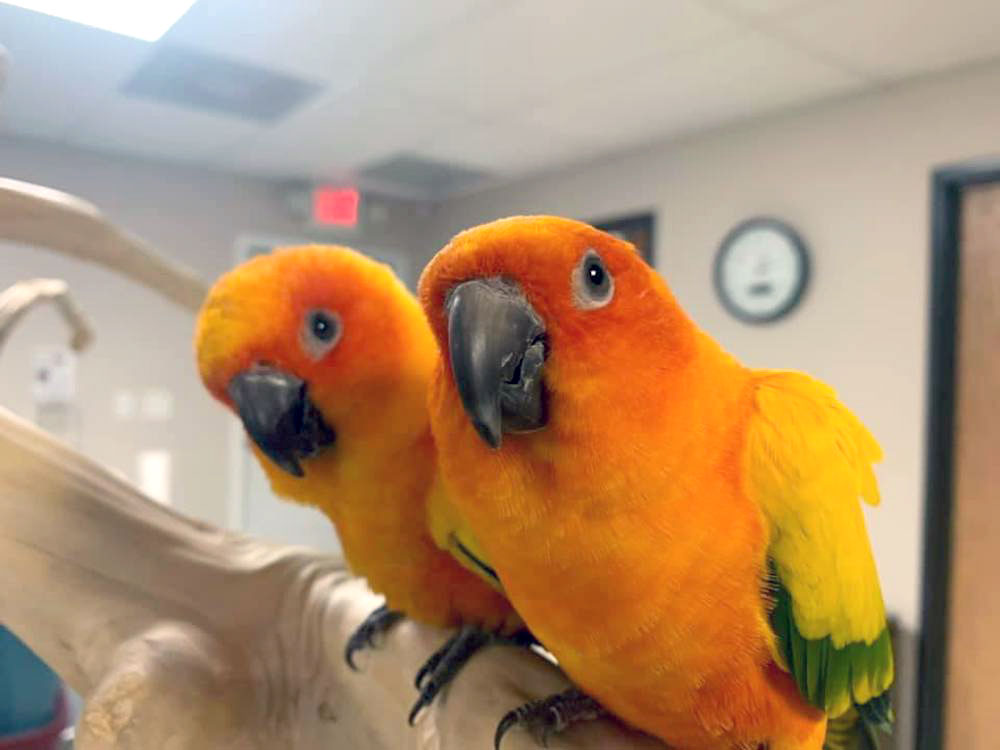
The Islands of Steel exhibit at the Texas State Aquarium lost 400 fish after staff used a mislabeled chemical in the tank April 2015. Courtesy photo
One of the newest residents at the Texas State Aquarium, a wobbegong from New Guinea, doesn’t look like a shark or act like a shark, but it is indeed a shark. Part of a new exhibit opening Oct. 13, this oddly named — and odd-acting — animal joins a variety of new sharks in Saving Sharks, which has replaced the 10-year-old Amazon exhibit.
Placed between Islands of Steel and the Flower Gardens exhibits, Saving Sharks highlights the research techniques and findings of OCEARCH, an international shark-tagging research organization.
“This exhibit is really important for promoting shark conservation,” said Hazel Manjarris, curator of fish in herpetology at the aquarium. “Saving Sharks is a way to focus on and to inform and let the public know of the types of things sharks can go through, like issues of over-fishing.”
The exhibit will also show the important role sharks play in the global ecosystem.
“They make sure our oceans are healthy,” she continued. “They eliminate fish that are sick and injured. Without them, the fish population could be wiped out with disease rather quickly.”
The exhibit will include a display of equipment, such as shark cages used in research and tagging programs. A touch tank of baby sharks will be moved from the ground floor of the aquarium to the exhibit area. A large set of megalodon jaws has been set up for photos as well as a video of shark-tagging procedures and a map of different species.
A new high-tech component will allow people to follow tagged sharks in real time on their smartphones with the use of an easily downloaded app.
“We want to tie people to nature in a real way,” Manjarris said. “Building that connection will help us preserve shark populations for the future.”
Saving Sharks will be part of the aquarium’s future for at least two years. As the sharks arrive, they are held in quarantine areas until they are acclimated and proven healthy for the general population of fish. Some will become part of naming contests and be with the aquarium long term, while others will only be around for the two years of the exhibit.
Staff tend to get attached to the animals at the aquarium, in particular the larger ones such as the sharks. The wobbegong is a favorite because it is so unusual, Manjarris said.
“A wobbegong has no distinct shark look to them,” she said. “They are camouflaged. They don’t even have a swim pattern like a shark. They are ambush predators. They lay on the bottom and don’t move. You can’t tell they are a shark.”
The wobbegong’s fellow sharks will certainly be recognizable in this exciting new exhibit, which will contain sharks from parts of the world that people rarely get to see, she said.
“People think of sharks and they think scary,” she said. “What we are trying to do is spread the word about conservation.”
Texas State Aquarium, which was recently No. 2 in the top 10 aquariums in the United States, is located at 2710 N. Shoreline Blvd. on North Beach in Corpus Christi.





